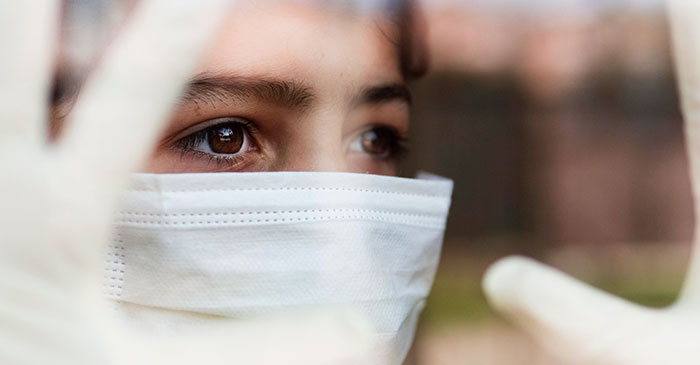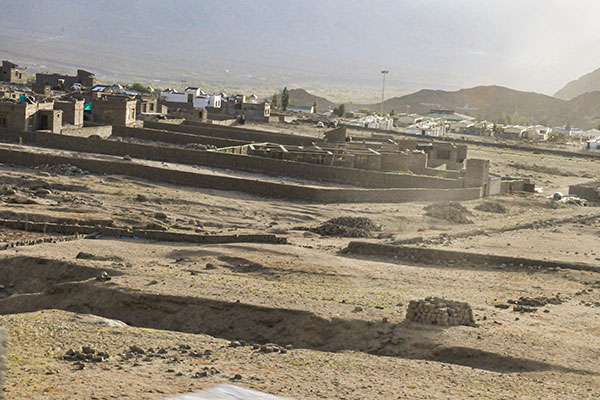As the father entered my clinic with his ailing child, I could not help wonder why they were travelling at a time when the world was still struggling to manage the COVID-19 pandemic. The child had an acute respiratory infection along with acute mountain sickness. I voiced my thoughts and asked him, “Why are you travelling?” I wanted to understand the thought process of someone travelling for leisure when the whole world was still reeling from the COVID-19 pandemic. It seemed rather odd to me. We are still in the midst of a pandemic that has spread along travel routes. There is no doubt that the man standing in front of me was a good father and I could see how deeply he cared for his child, “I had promised him a trip a year back but we were not able to travel due to the COVID-19 outbreak. Just as the lockdown eased this year, we decided to pursue the plans we made last year. Now, I see that it was a mistake.” It reminded me of a wise Ladakhi proverb, “Lda marings jaga rings” (You tolerated it [in this case, restrictions] for a month but not a day more).
Sometimes, I struggle to make sense of some people’s behaviour especially when it puts themselves and others at risk. Perhaps, they are in some sort of denial. Or, perhaps they are trying to forget the events of the recent past. People seem to be looking for any reason to step out of their homes to explore the world and meet people. This is not reasonable behaviour to cope with a pandemic. The behaviour of the youngsters especially seems dangerous. It is evident on social media platforms where one can see youth inciting and challenging others to follow suit. People seem to be tired of restrictions imposed to curb the spread of COVID-19.
Sometimes I am amused to see so many people roaming around unnecessarily and helping the novel coronavirus spread. And yet, it is painful to see a tourist, who has been travelling to different corners of Ladakh for more than a week, test positive for COVID-19 when they are tested in preparation for their return journey. We are in the midst of the second wave and anticipating the third wave soon. We cannot take chances with this virus. Perhaps touring is something that we can delay for a little while longer. Going out unnecessarily not only exposes us to infections but also increases risks for others who we might meet during our travel.
We have all faced difficult times since early 2020. People have spent most of this time indoors. They have been maintaining physical and social distance from others. This time has been a nightmare for many people. Initially it was due to financial issues and the psychological impact of uncertainty. In due course, most people have had to face the reality of the pandemic in the form of personal losses due to lives claimed by COVID-19. Many children have been orphaned after their parents died of this dreaded disease. It is not surprising that people are now looking for ways to forget the past.
These difficult times will not last forever. Things will be normal again. We will be touring again. We will be partying again. We will dine with our friends and relatives soon. However, at present we need to be realistic about the challenges we face. We need to change our mind-set. We need to focus on the qualitative aspects of our lives rather than the quantitative ones.
In this context, we must not let our guard down yet. We need to embrace this nightmare for a while longer. Do not let it go! We need to let the images of overwhelmed hospitals linger in our minds for some time. We need to remember that oxygen was our basic need like food and water not very long back. We should let the sights of overworked crematoria and bodies floating in various rivers haunt us for some more time. We must not forget the bad times that we have all lived through. Only this will make us more cautious and refrain from behaving irresponsibly and inviting more pain.
By Dr Spalchen Gonbo
Dr Spalchen Gonbo is a Paediatrician based in Leh.







